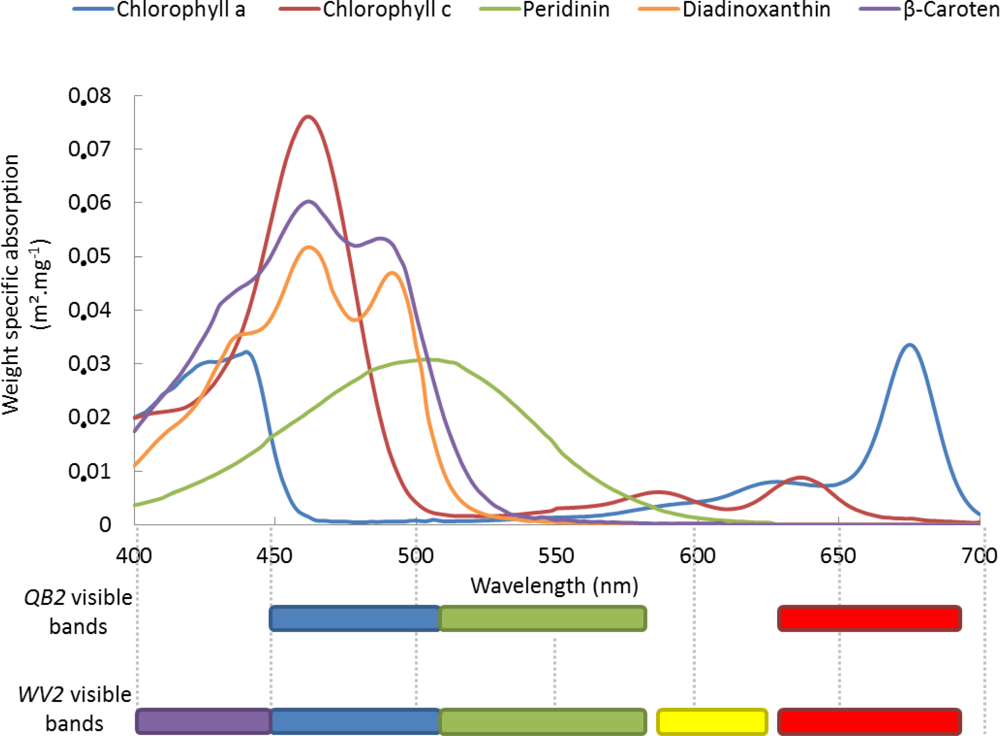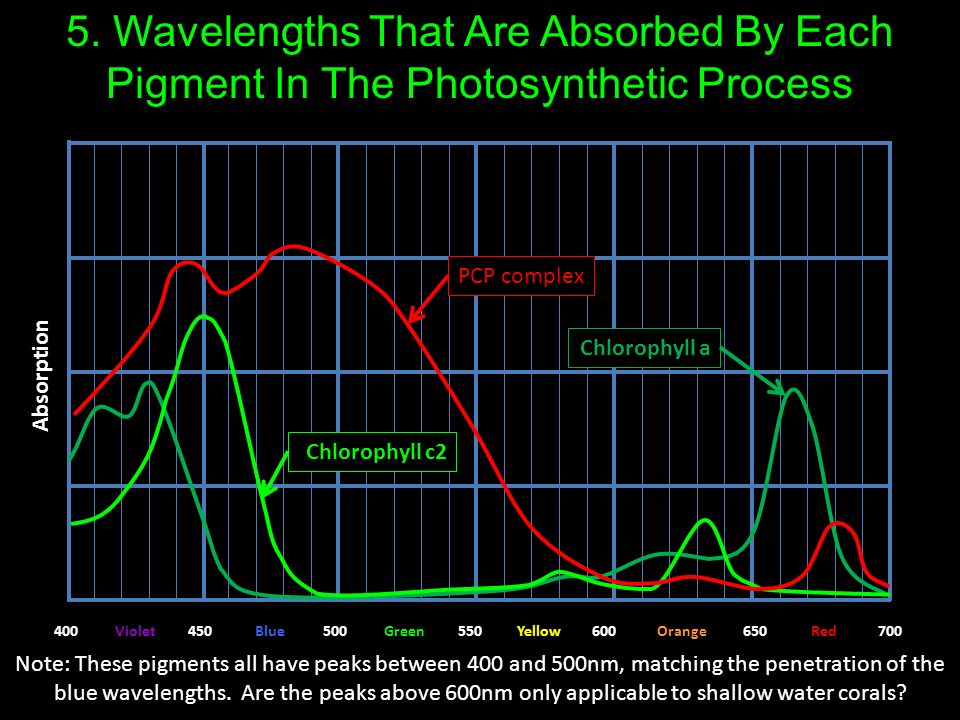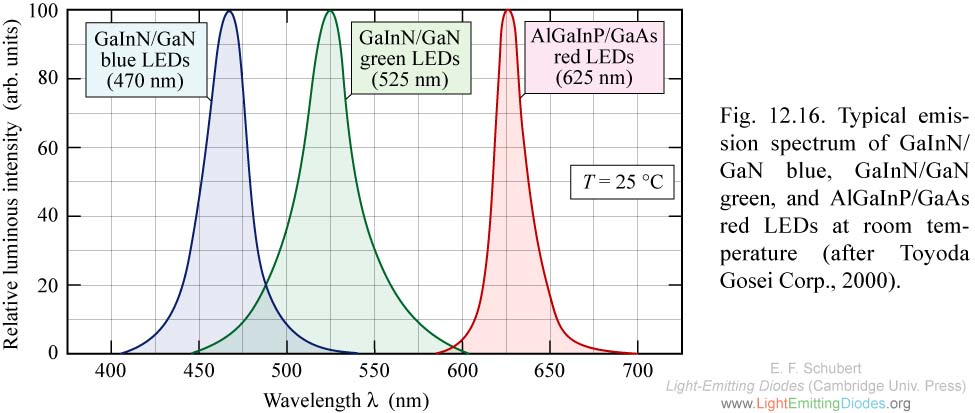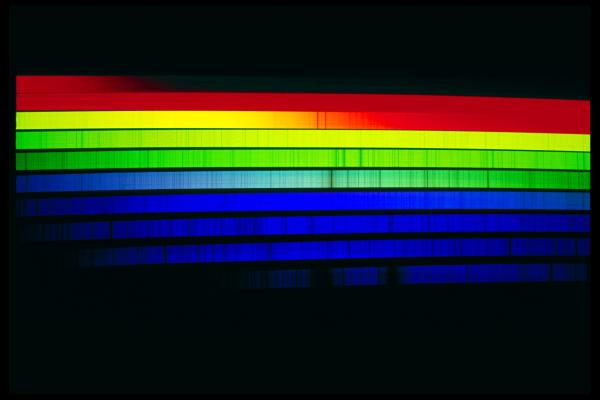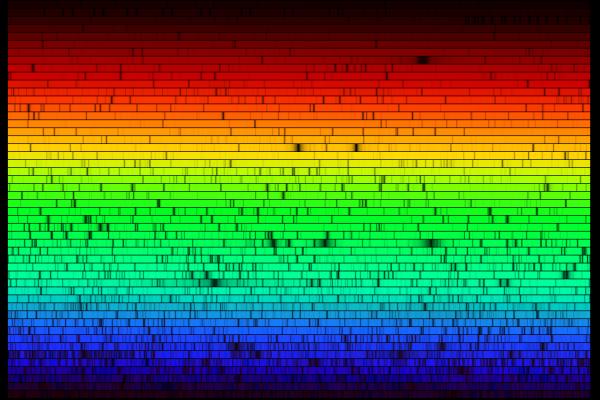Shawn Wilson (lighting expert in Canada) forwarded this journal reference to me.
https://academic.oup.com/pcp/article/50/4/684/1908367
In a nutshell, green light can promote photosynthesis better than red light in conditions of intense white light. Although the research is directed at terrestrial plants, the importance of green light in aquatic ecosystems could be critical, and could help explain why early LED units with lots of whitish light mixed with green light could grow corals. Food for thought.
https://academic.oup.com/pcp/article/50/4/684/1908367
In a nutshell, green light can promote photosynthesis better than red light in conditions of intense white light. Although the research is directed at terrestrial plants, the importance of green light in aquatic ecosystems could be critical, and could help explain why early LED units with lots of whitish light mixed with green light could grow corals. Food for thought.







